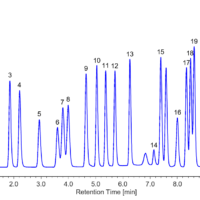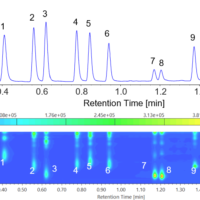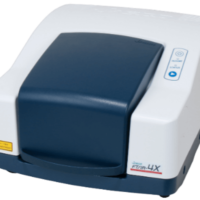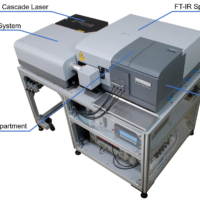Introduction
In fatty acid analysis, UV detection at a short wavelength, refractive index detection and evaporative light scattering detection (ELSD) are generally employed. However, in trace analysis, a derivatization method is preferred because it offers much higher sensitivity. There are several derivatization methods for the detection of free fatty acids that require either UV or fluorescence detection. Among them, 9-Anthryldiazomethane (ADAM) is most commonly used because it reacts with fatty acids easily at room temperature and enables a highly sensitive and selective analysis.
Here, the separation and fluorescence detection of free fatty acids in vegetable oil is demonstrated using ADAM derivatization by Ultra High-performance Liquid Chromatography (UHPLC).
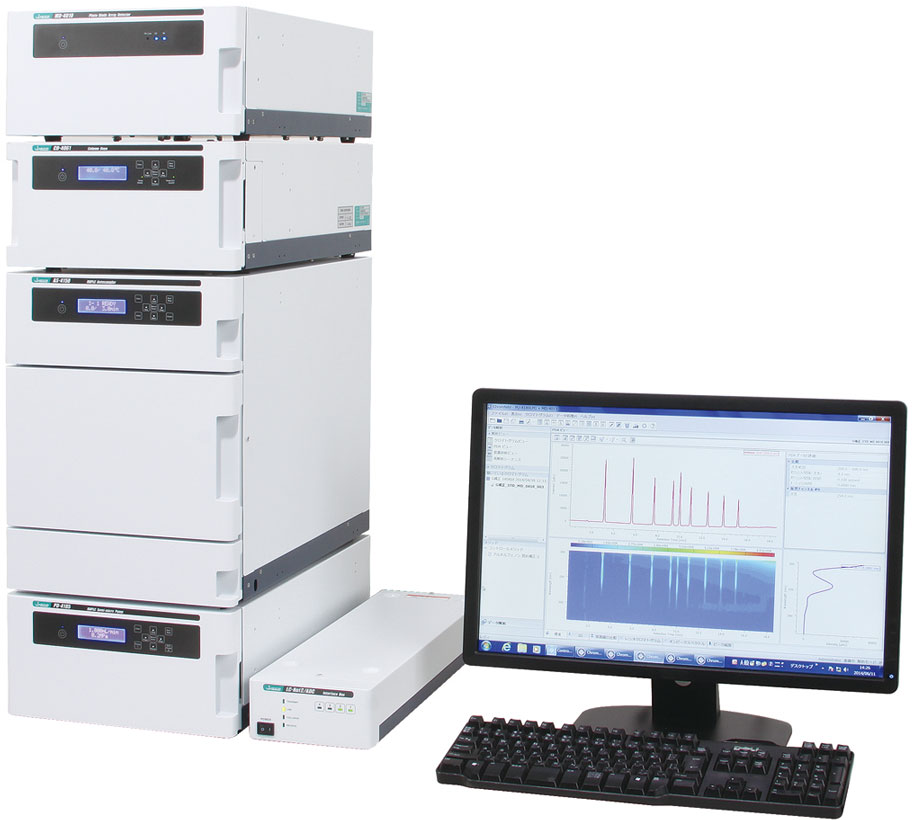
LC-4000 UHPLC system
Experimental
Chromatographic conditions
Column: X-PressPak V-C18-W (3.0 mmID x 50 mmL, 2.0 µm)
Eluent A: Water/Methanol (5/95)
Eluent B: Acetonitrile/THF (90/10)
Gradient condition (A/B): 0 min (100/0) -> 3 min (100/0) -> 4.5 min (0/100) -> 7.5 min (0/100) -> 7.55 min (100/0), 1cycle: 10 min
Flow rate: 1.0 mL/min
Column temp.: 40ºC
Wavelength: Ex. 365 nm, Em. 412 nm, Gain x100
Injection volume: 1 µL
Standard sample: ADAM derivatized fatty acids (C8 – C22) 0.05 mg/mL each in Ethyl acetate
Figure 1 shows a reaction mechanism of ADAM reagent.
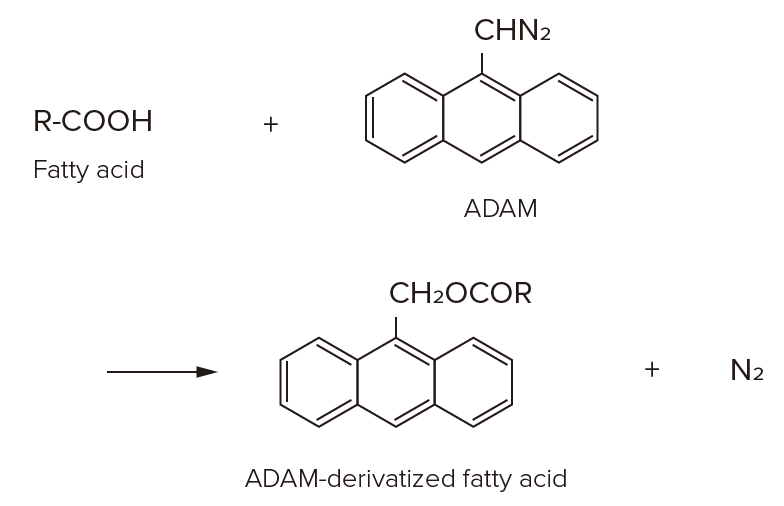
Figure 1. Reaction mechanism of ADAM reagent with fatty acid
<Procedure for ADAM derivatization>
- Add 0.1%(w/v) of ADAM reagent (in Ethy acetate) 200 µL tosample (in Ethyl acetate) 200 µL.
- Keep more than 60 min at RT.
- Filtrate by 0.2 µm membrane.
- Inject 1 µL to UHPLC.
Keywords
UHPLC, Lipid, Free fatty acids, 2.0 µm, C18 column, ADAM, pre-column derivatization, fluorescence detector
Results
Figure 2 shows the chromatogram of the standard mixture of fatty acids derivatized with ADAM. 11 different fatty acids were separated within 7 minutes.
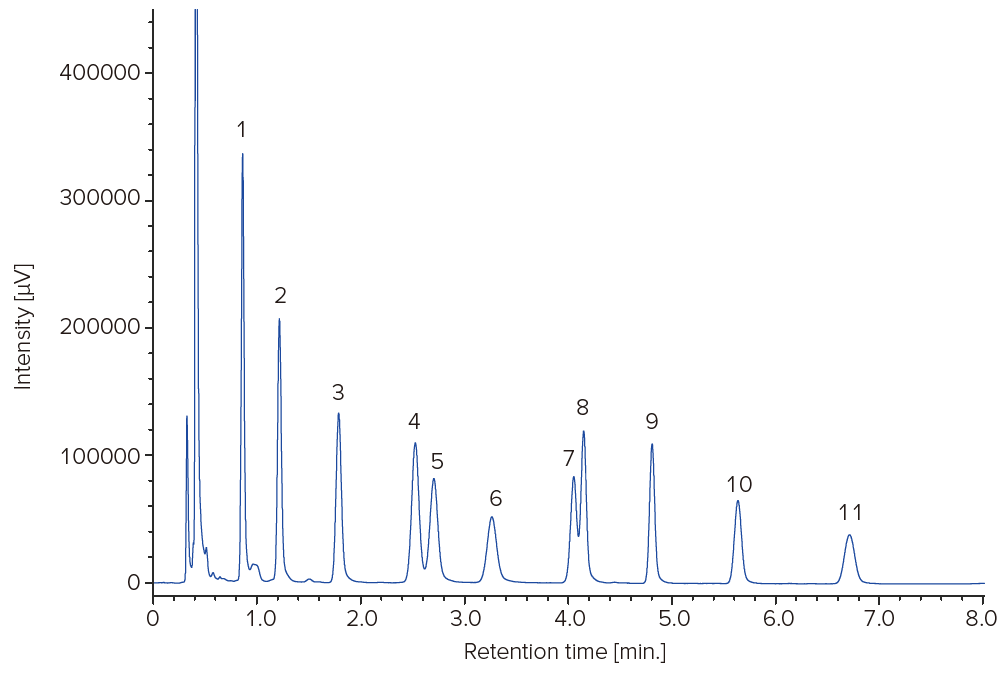
Figure 2. Chromatogram of the standard mixture of fatty acid derivatized by ADAM (1: Caprylic acid (C8), 2: Capric acid (C10), 3: Lauric acid (C12), 4: Linolenic acid (C18:3), 5: Myristic acid (C14), 6: Linoleic acid (C18:2), 7: Palmitic acid (C16), 8: Oleic acid (C18:1), 9: Stearic acid (C18), 10: Arachidic acid (C20), 11: Behenic acid (C22) (0.05 mg/mL each in ethyl acetate))
Figures 3 and 4 show the chromatograms of fatty acids in rice oil and coconut oil derivatized with ADAM, respectively. Table 1 shows quantitative value of rice oil and coconut oil.
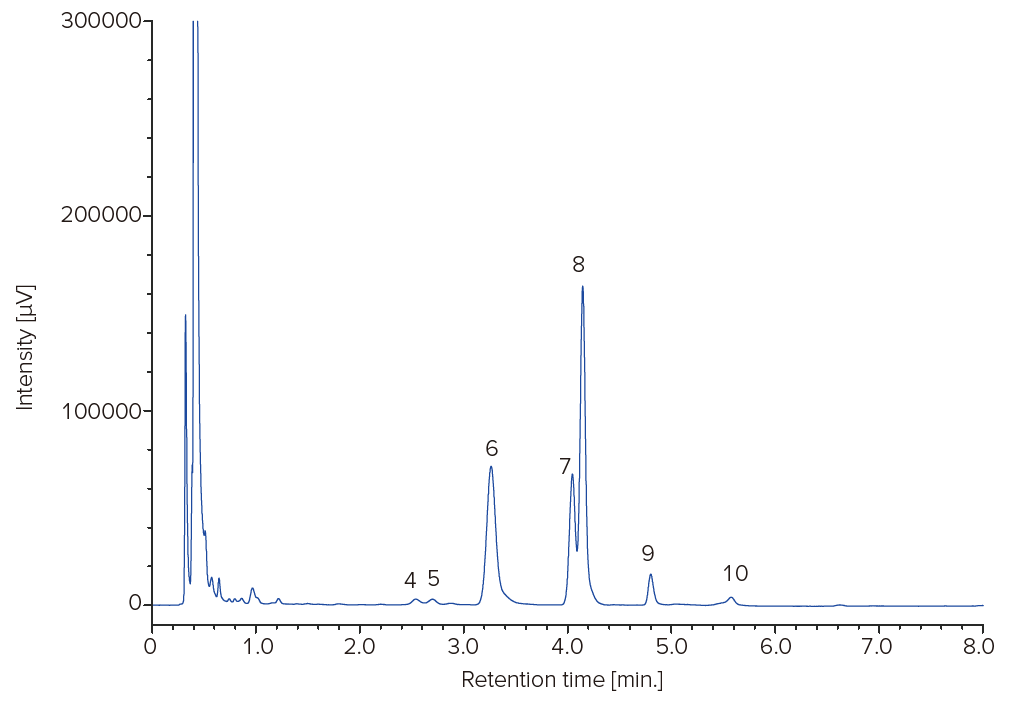
Figure 3. Chromatogram of the ADAM derivative of rice oil (The peak numbers and corresponding compounds are the same as in figure 2)
<Preparation>
Dissolve 1.0 g of rice oil in 10 mL of ethyl acetate and then follow the procedure for ADAM derivatization.
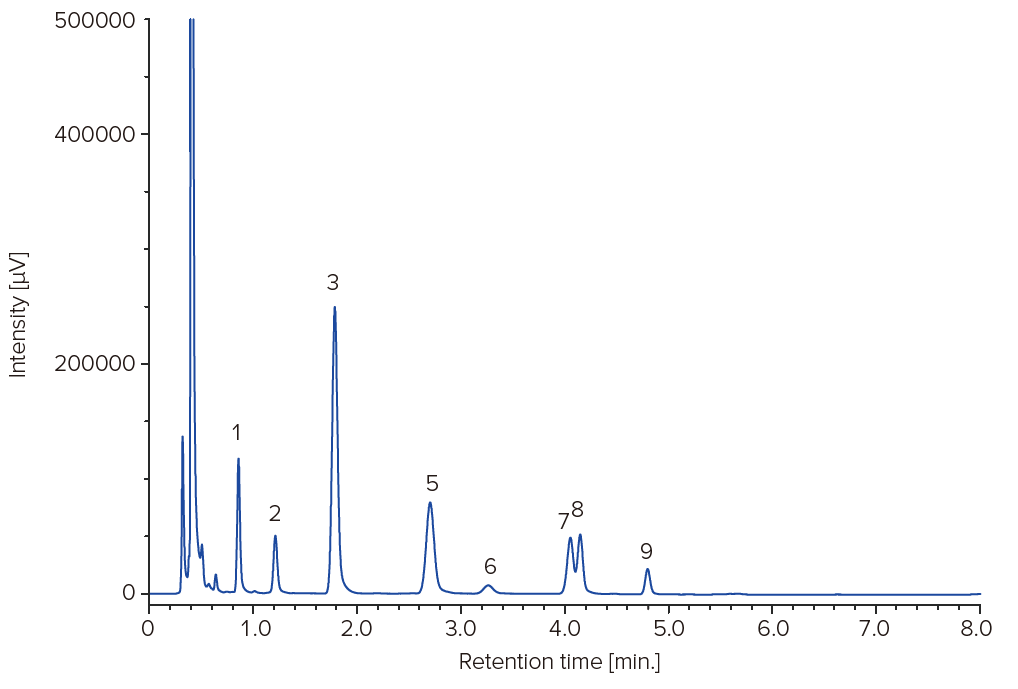
Figure 4. Chromatogram of the ADAM derivative of coconut oil (The peak numbers are the same as in figure 2)
<Preparation>
Dissolve 1.0g of coconut oil in 10mL of ethyl acetate and then follow the procedure of ADAM derivatization.
Table 1. Quantitative value (mg/g) of rice oil and coconut oil
| Fatty acids | Rice oil | Coconut oil |
| C8 | – | 0.017 |
| C10 | – | 0.012 |
| C12 | – | 0.85 |
| C14 | 0.01 | 0.45 |
| C16 | 0.23 | 0.26 |
| C18 | 0.044 | 0.089 |
| C18:1 | 0.41 | 0.20 |
| C18:2 | 0.38 | 0.055 |
| C18:3 | 0.007 | – |
| C20 | 0.02 | – |
| C22 | – | – |


